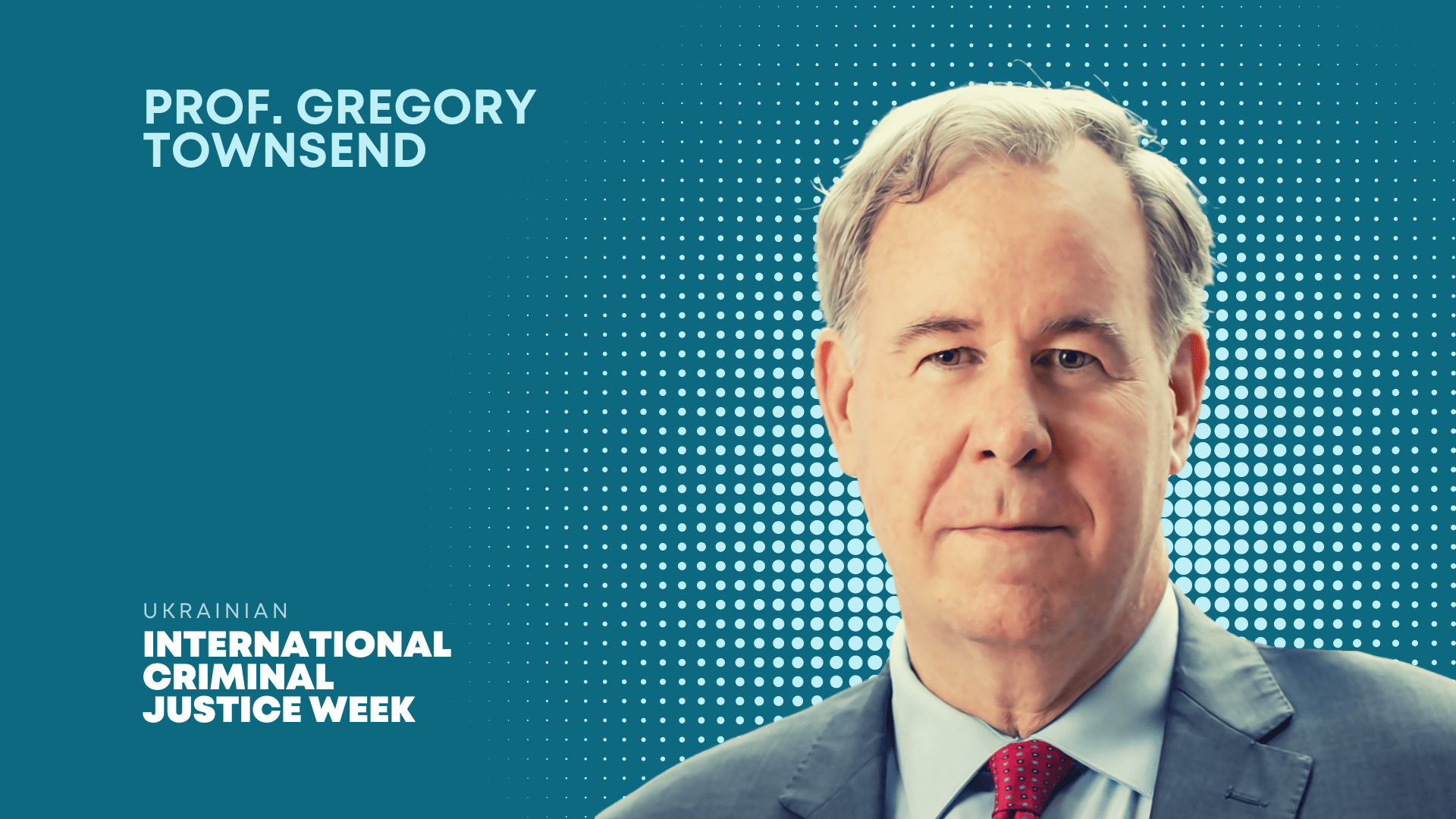Professor Gregory Townsend’s lecture on the Crime of Genocide under International Law — Key Takeaways

A practitioner with 20 years’ experience in international criminal law, Townsend is currently a Lecturer at The Hague University of Applied Sciences, and Professor of Practice at Brandeis University, based in The Hague. He also serves on the International Criminal Court’s Advisory Committee on Legal Texts. He was previously Chief of the Court Support Section and Senior Legal Officer for the UN International Residual Mechanism for Criminal Tribunals (IRMCT) and UN International Criminal Tribunal for the former Yugoslavia (ICTY). He also served as Senior Legal Officer for the Special Tribunal for Lebanon, and Special Court for Sierra Leone. He was also a Trial Attorney for the UN International Criminal Tribunal for Rwanda, and for the UN Interim Administration in Kosovo.
In his lecture on “The Crime of Genocide under International Law,” Gregory Townsend delved into the profound significance of the Genocide Convention and the elements constituting genocide. This article provides an overview of the key points discussed during the lecture, including the historical development of the crime, the definition of genocide, modes of participation, and potential application in the Russian invasion of Ukraine in 2022.
Development of the crime
The term “genocide” was first coined by Raphaël Lemkin (1900-1959). He is considered the force behind the Genocide Convention – first international treaty on this matter, with aspects to public international law and international criminal law, covering both collective and individual responsibility. This Convention was adopted on 9th of December 1948, a day before the International Declaration of Human Rights.
- Lemkin’s first obsession was with the Armenian genocide conducted by the Ottoman empire on its own land. At that time (1914), killing one’s own citizens didn’t constitute an international crime.
- First called “acts of barbarity” then “völkermord”, and finally “genocide”, Lemkin’s term has faced lots of incomprehension from different authorities.
In November of 1943, Lemkin publishes a book “Axis Rule on Occupied Europe”, where he combines Latin and Greek terms to create “genocide” = killing of a race. He is talking about the Nazi aryanization of occupied territories. Lemkin manages to be present at Nuremberg trials, and in 1945, the term is first published in the indictment of Nazi leaders. Three of the four prosecutors referred to genocide, but not the US prosecutor delegation. The judges do not either because it was a wartime genocide : so war crime of killing civilians of racial and national groups in occupied territories.
In 1948 Genocide Convention, genocide means any of the following acts committed with intent to destroy, in whole or in part, a national, ethnical, racial or religious group, as such:
(a) Killing members of the group;
(b) Causing serious bodily or mental harm to members of the group;
(c) Deliberately inflicting on the group conditions of life calculated to bring about its physical destruction in whole or in part;
(d) Imposing measures intended to prevent births within the group;
(e) Forcibly transferring children of the group to another group.
It can occur in time of peace or war, and applies first to States, creating a duty to prevent and punish, but also to persons, referring to individual criminal responsibility in front of national criminal court or ICC.
How to prove genocidal intent ?
- The proof is same as in the domestic trials : what did the suspect say that gave some indication to motivation and reasons behind the actus reus ?
- International courts can infer specific, genocidal intent from various sources of circumstantial evidence : specific targeting of group (including culture), ‘singling out’ of group members (exclusion of others), nature and scale of acts, derogatory language by other participants.
- Modes of participation (art.25.3 of the Rome Statute) : to prosecute a genocide, the ICC will look at different modes of participation in genocide, including instigating. Speech and narrative analysis becomes then crucial to understand how violent acts are framed.
By bringing different historical examples of the Rwandan, Cambodian and Bosnian genocides, Townsend concludes that the Ukrainian case is promising. Regarding the national group of Ukrainians, we must analyze what suspects say and do, using words of these accused (speech, social media, texts, radio) to find acts showing the distinction made in the killing of Ukrainians. Finally, the potential application of the Genocide Convention in the context of the Russian invasion of Ukraine served as a reminder of the ongoing relevance and need for international efforts to prevent and punish this most brutal atrocity crime.

